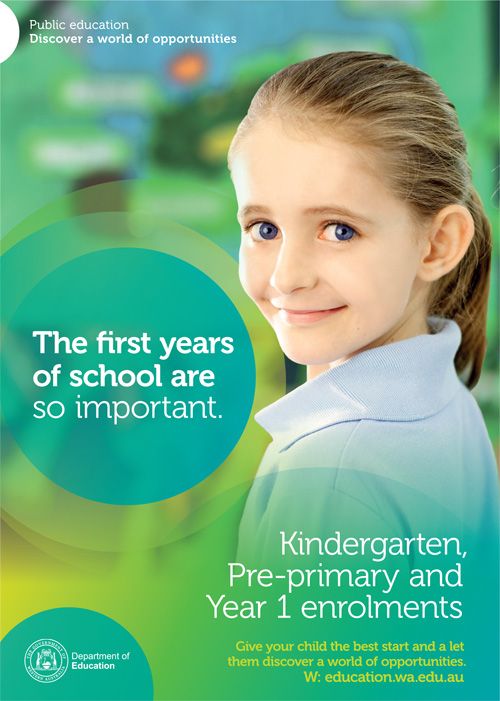

The Changing Dynamics Of Education During Covid-19
amit yadav
COVID has impacted everyone across the globe. While some industries have thrived, many others have shown unusual degradation in their market value. Due to ever-changing guidelines during COVID, student’s outlook towards education has demonstrated varying degrees of changes as well. The online education mediums have also emerged as the new digital schooling medium. To understand these recent trends, we concluded a study with the help of Prodigy Finance that will unveil the changing dynamics of the education sector and the associated new normal while COVID is persisting.
Impact of COVID on Classrooms
The impact of COVID on education was evident across the globe. Being the center of COVID origin, China was the first to close the schools in February while the rest 46 countries followed the same by the end of March 2020 when the schools were almost closed. As per UNESCO, educational institute activity data between 17 February 2020 and 30 June 2020 was collected as displayed by OECD and partner countries, and the observations were made.
- From 24 February onwards up until 4 May, almost 38 countries had their universities suspended on a localized level.
- Later on, the suspension was lifted with guidelines, and by 24 June, only 25 countries had their institutions closed.
- In contrast, from 2 March onwards, almost 34 countries had their schools disrupted nationwide until 27 April.
- From 27 April onwards, a sharp depression was observed in this practice, and by the end, only 9 countries were suspending the schools.
- On further glace, it was also observed that many schools had changed the curriculum to deal with the situation, and breaks were adjusted to minimize the loss.
- From this data, it was clear that educational institutes were not considered a safe place, and thus, they were closed during the COVID outbreak.
*The data includes early childhood institutions to tertiary educational schools
Changing trends in International Studies During COVID
Foreign education has been a popular choice among students. However, during the COVID crisis, a trend change was observed.
- 35% of the international student population had postponed their studies until 2021, while only 62% of total students were interested in pursuing their education in 2020 only without any break.
- 59% of the student population agreed that COVID had impacted their education, while 24% of participants choose to remain neutral as they could not decide the impact of COVID on the education sector.
- While presented with 3 months of online learning before face-to-face learning, a whopping 75% of students like the idea, whereas 12% disagreed with the choice, and the rest remain unsure.
- On increasing the online class duration for 6 months before introducing face-to-face classes, only 64% student demographic favored the idea, while 20% responded negatively.
Patterns of Leading Online Education Partners During COVID
To decrease the distance between the classroom and students, digital education platforms have emerged as the bridge.
As per the data collected between 13 September 2017 to 13 October 2020, the search volume of top online education platforms was studied. This result was interpreted among the top players being Udemy, Coursera, FutureLearn, Udacity, and Swayam.
After 27 October 2019, Udemy and Coursera become the top 2 most searched platforms by the audience. A significant boost was registered during the COVID outbreak. This shows online courses were relied upon to boost productivity and skills.
In another research, the market share statistics of leading MOOC platforms were studied, and Coursera has beaten the rivals with 45 Million learners. At the same time, edX becomes the first runner up with 24 Million learners, and the rest followed.
The Final Words
From the above data extracted by research, it becomes clear that COVID has significantly impacted the education sector. As schools were suspended, many students have postponed their higher education plans in a foreign land, while many embraced the idea of digital education positively.
The introduction of digital platforms has provided access to various online programs, and thus many online education partners observed a surge in enrollers. As a result, we can conclude that online education is the preferred alternative for the students until the COVID crisis gets over.
Related Links
- 10 Best Business Schools to Study Abroad for Aspiring Entrepreneurs
- 10 Most Affordable Countries to Study Abroad
- 2019 Rankings Name New Zealand Best Study Abroad Country
- 5 Benefits of Doing Mba in International Business School
- 5 study abroad scholarships the Indian government offers to SC, ST & minority students
- 10 best destinations to study abroad for Indian students in 2020!
- 15 absolutely worthwhile study abroad tips for students
- 3 Steps To Create The Perfect Study Abroad Plan
- 5 Brilliant Methods to Fund your Study Abroad Goal!
- 5 Truths You Should Know Before Moving Abroad For Studies

Latest
Articles
CBSE Compartment Result 2023 OUT: Click For Direct Link
Home CBSE Compartment Result 2023 OUT: Click For Direct Link The CBSE 10th Compartment Result 2023 is expected to be
IIT Roorkee Launches Professional Certification Program in Product Management
Home IIT Roorkee Launches Professional Certification Program in Product Management The fees five-month long programme is for Rs 1,40,000 +
Join Our Whatsapp Community
Lorem ipsum dolor sit amet, consectetur adipisicing elit, sed do eiusmod tempor incididunt ut labore et dolore magna aliqua. Ut enim ad minim veniam, quis nostrud







